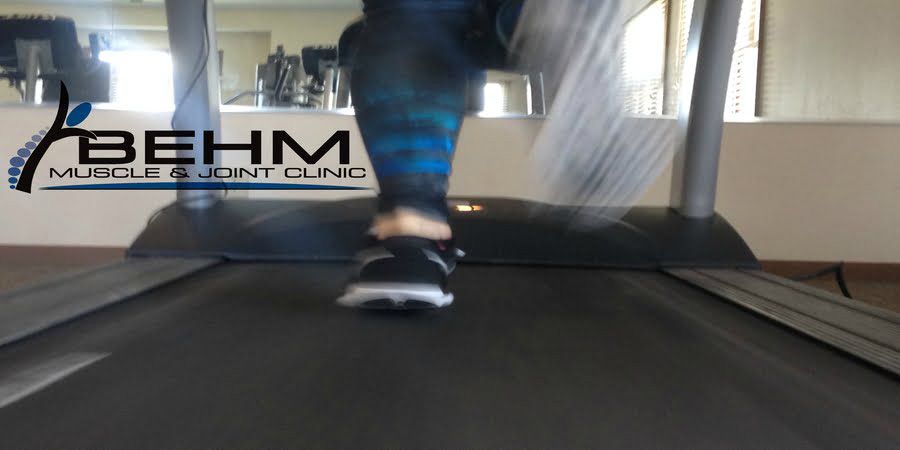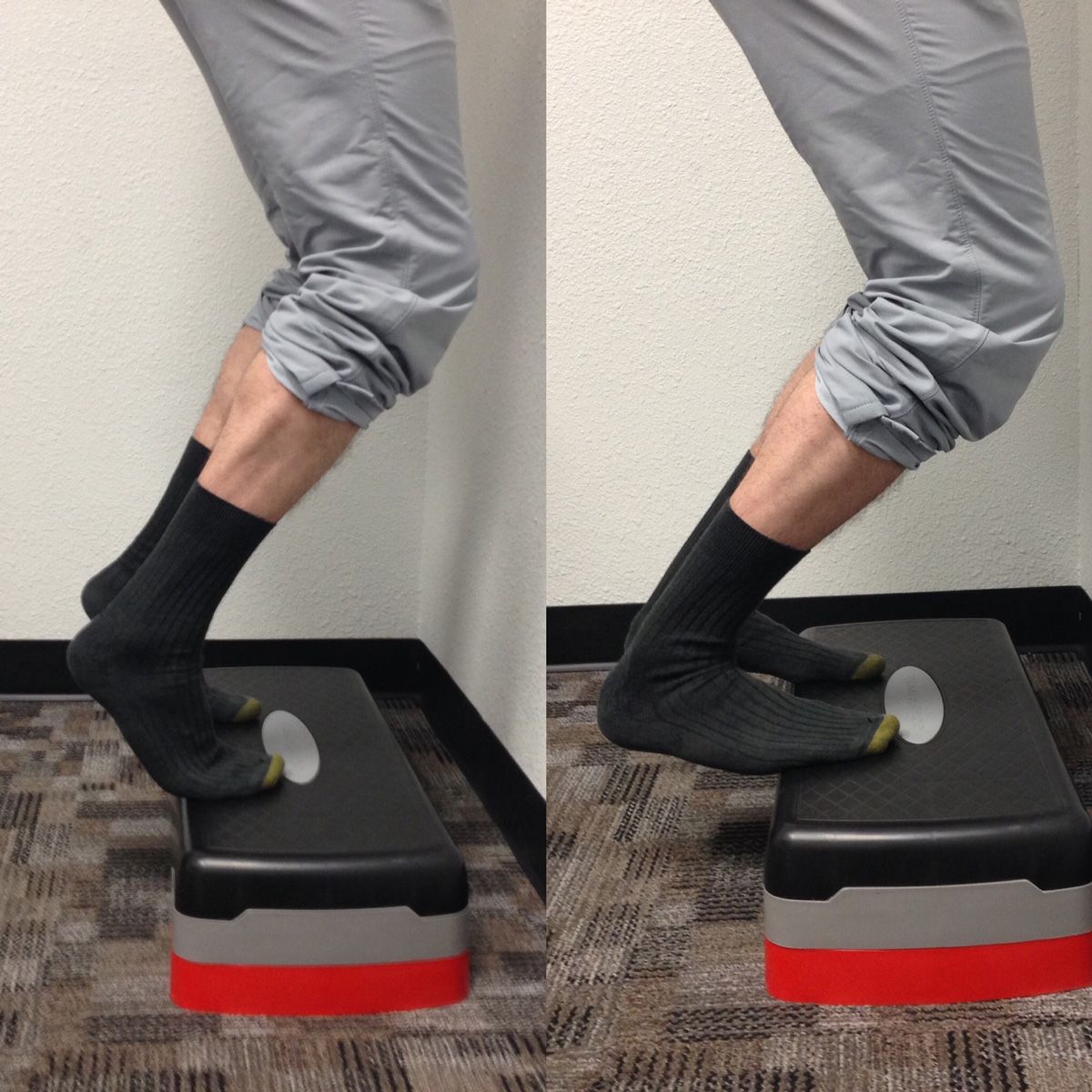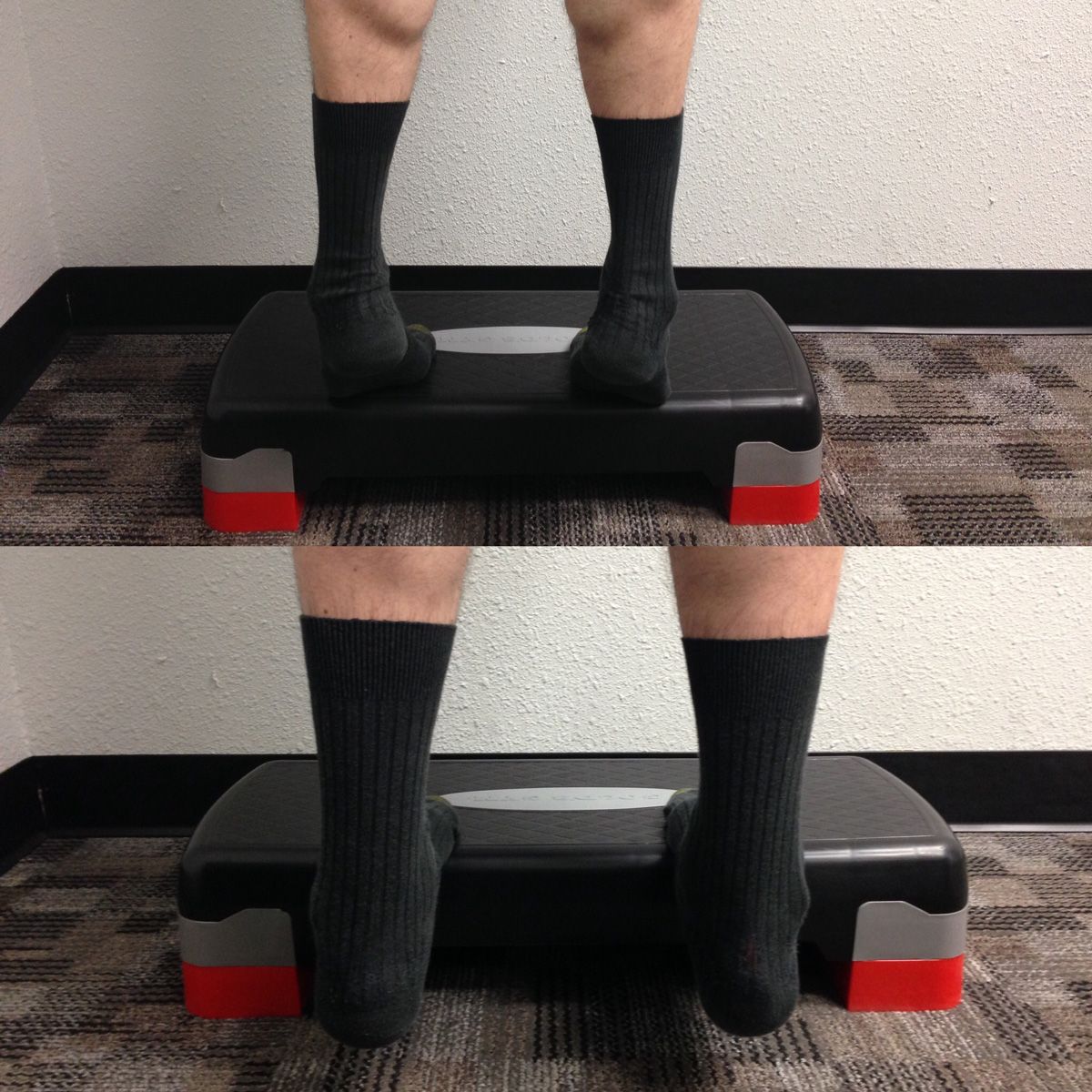Achilles Tendinitis Treatment Options
What is Achilles Tendinitis?
Achilles Tendinitis is an overuse injury of the Achilles Tendon. The Achilles tendon is the thickest and strongest tendon in your body, connecting your calf muscles to the back of your heel.
Virtually all of the force generated when you “toe off” the ground during running is transmitted by the Achilles, and this force can be as much as three times your body weight. The faster you run, the more strain you put on the Achilles tendon. As such, it’s prone to injury in many runners, but particularly those who do a lot of speed training, uphill running, or use a forefoot-striking style. It’s almost always an overstriding problem: When your foot lands in front of your trunk, especially if you land on the forefoot, you end up putting all the weight on your Achilles tendon. Achilles tendon injuries account for 5-12% of all running injuries, and occur more frequently in men.

Symptoms of Achilles Tendinitis
Achilles tendinitis typically starts off as a dull stiffness in the tendon, which gradually goes away as the area gets warmed up. It may get worse with faster running, uphill running, or when wearing spikes and other low-heeled running shoes. If you continue to train on it, the pain in the tendon will be more sharp and you will feel it more often. Achilles tendinitis can be confused with other injuries, such as heel problems, but the hallmark sign is sharp pain upon pinching the tendon itself.
About two-thirds of Achilles tendinitis cases occur at the “midpoint” of the tendon, a few inches above the heel. The rest are mostly cases of “insertional” Achilles tendinitis, which occurs within an inch or so of the heelbone. Insertional Achilles tendinitis tends to be more difficult to get rid of, often because the bursa, a small fluid-filled sac right behind the tendon, can become irritated as well.
Achilles Tendinitis Treatment
Tendinitis usually responds well to conservative care. Some common non-invasive treatment options include:
-
Mobility/Myofascial Release – Manual therapy techniques such as Active Release Technique (ART), Graston, Dry Needling, PIR stretching to the muscles of the posterior calf help decrease tension on the Achilles tendon.
-
Joint Mobilizations – Designed to increase mobility in the ankles and improve range of motion in the ankles
-
Stretching – Stretches designed to improve flexibility in the ankle without overstretching
-
Exercises – Specific stretching and strengthening exercises to promote healing and strengthening of the Achilles tendon. A special type of strengthening called “eccentric” strengthening, involving a slow let down of a weight after raising it, has been found to be especially helpful for persistent Achilles problems.
-
Orthotic devices – A shoe insert that can relieve strain on the tendon and provide a cushion that lessens the amount of force exerted on your Achilles tendon.


The Behm Muscle & Joint Clinic Approach
We offer several therapies at Behm Muscle & Joint Clinic for the treatment of Achilles tendinitis. Some of those treatment options include Active Release Techniques, myofascial release, Rehabilitation exercises and Dry Needling. A full assessment of your running gait will better determine the cause of your Achilles pain and how to prevent future occurrences. Achilles tendinitis can by treated well with self care exercises and stretches, if your Achilles pain is still persisting after several weeks or getting worse do not hesitate to schedule a consultation with us. New patients are always welcome at Behm Muscle & Joint Clinic.
Schedule an appointment with our chiropractic team today!